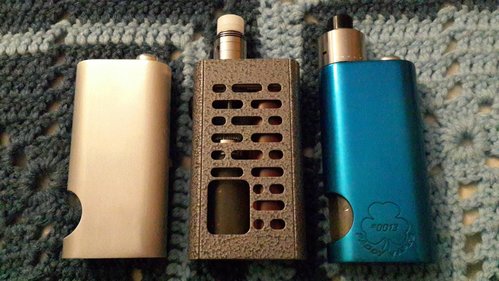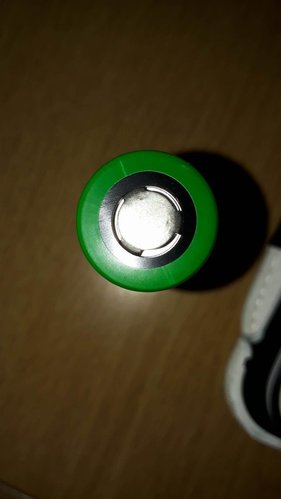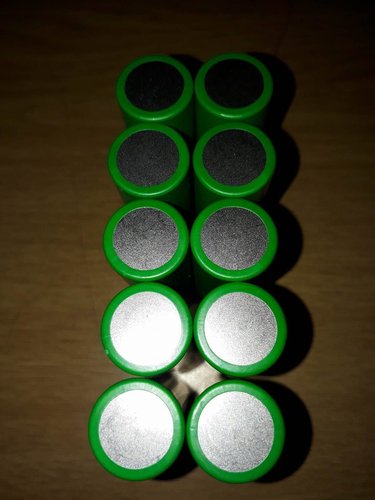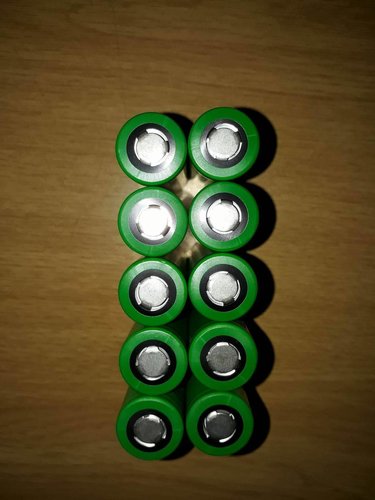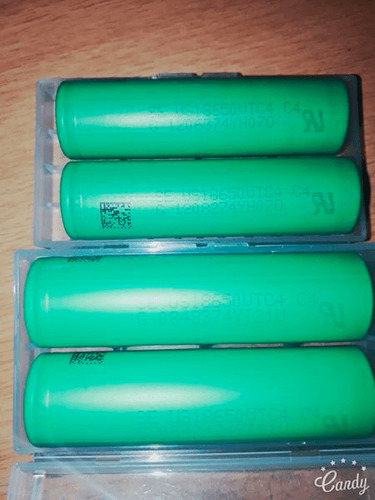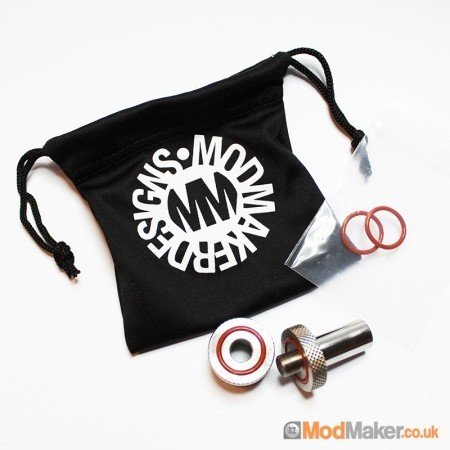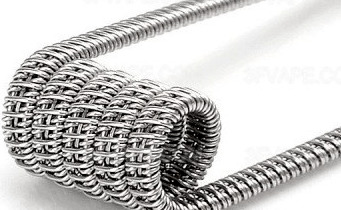Good day ladies and gents!
This is a space for mech user's to question/discuss/answer anything mech related, from basic maintenance, pro tips to personal experiences, anything goes
I would like this thread to be more technical/educational as opposed to product/clone related if possible
Ill kick this off with 2 questions
1) Would i be correct to assume that a mods volt drop is due to the mods own resistance in the circuit
eg. If i know a mod is putting out 3.7v on a fresh battery (4.2v) with a 0.2 ohm coil, i will in fact pull a max 18.5 amps, not 21 amps . The mod will have a resistance of roughly 0.027 ohms (please correct me if my understanding is flawed)
2) what product/s do you use on your aluminium,gold, brass and copper contacts to avoid arching/pitting/carbon build up
I hope that made sense
Best regards
This is a space for mech user's to question/discuss/answer anything mech related, from basic maintenance, pro tips to personal experiences, anything goes
I would like this thread to be more technical/educational as opposed to product/clone related if possible
Ill kick this off with 2 questions
1) Would i be correct to assume that a mods volt drop is due to the mods own resistance in the circuit
eg. If i know a mod is putting out 3.7v on a fresh battery (4.2v) with a 0.2 ohm coil, i will in fact pull a max 18.5 amps, not 21 amps . The mod will have a resistance of roughly 0.027 ohms (please correct me if my understanding is flawed)
2) what product/s do you use on your aluminium,gold, brass and copper contacts to avoid arching/pitting/carbon build up
I hope that made sense
Best regards
Last edited:




